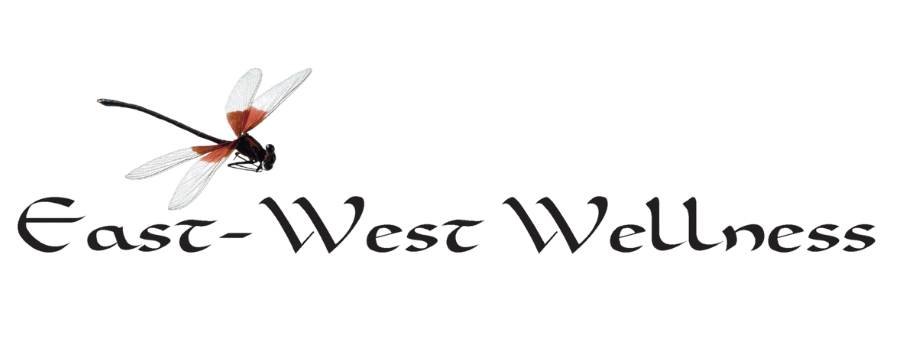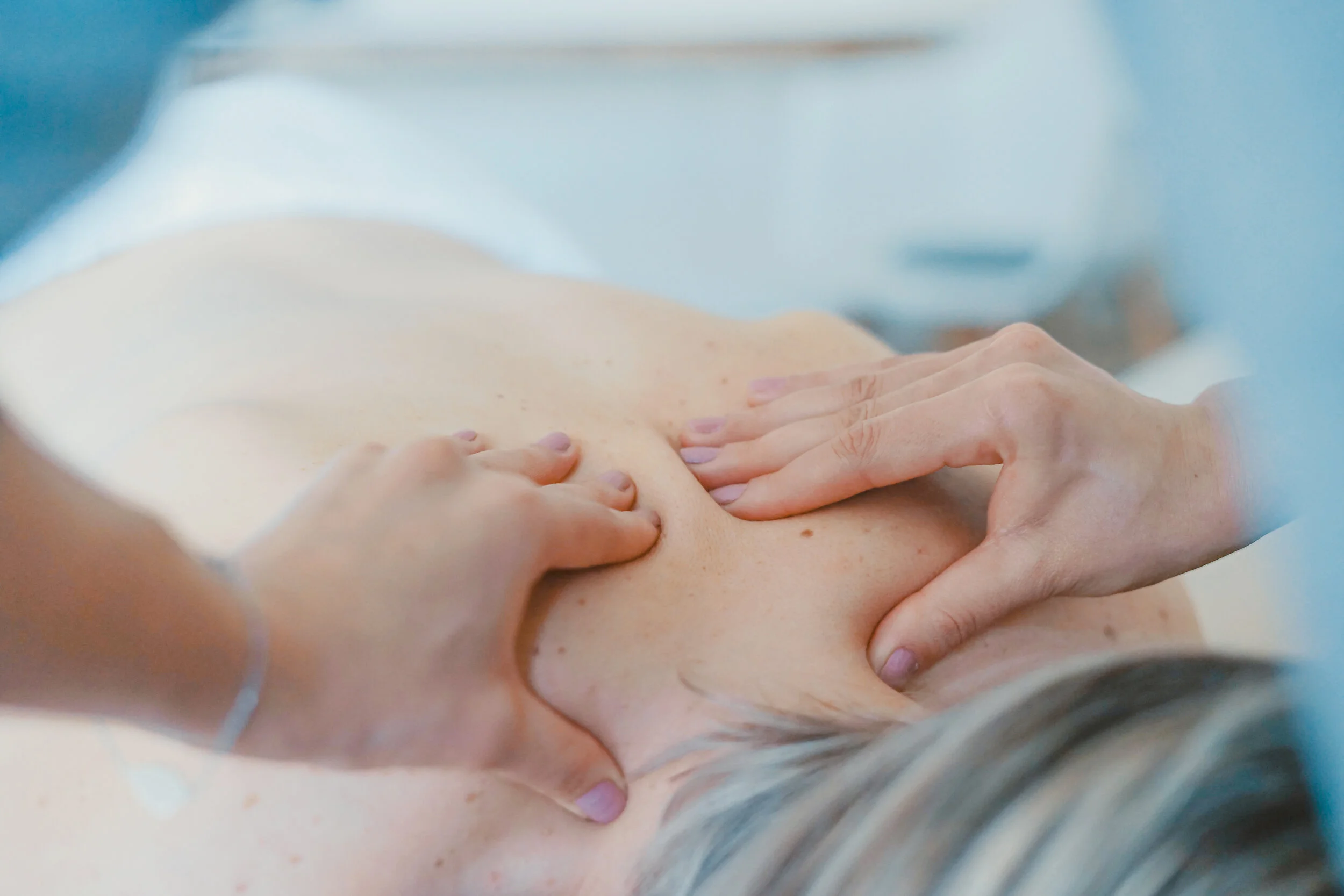Healing with the Wisdom of Asian Medicine
Acupuncture
Acupuncture is a medical therapy developed over 2000 years ago in Asia. Acupuncture stimulates specific points beneath the skin through the insertion of acupuncture needles. This process restores the balance of the body’s energy, also known as “Qi” (pronounced chi).
Acupuncture combined with the following modalities on this page are essential elements of traditional Chinese medicine. Click here to learn more about acupuncture.
Herbal Therapy
Also known as phytotherapy, is a folk and traditional medicinal practice based on the use of plants and plant extracts. Plants have an almost limitless ability to synthesize aromatic substances, most of which are phenols or their oxygen-substituted derivatives such as tannins. Most are secondary metabolites, of which at least 12,000 have been isolated, a number estimated to be less than 10% of the total.
Many of the herbs and spices used by humans to season food yield useful medicinal compounds. The use of and search for drugs and dietary supplements derived from plants have accelerated in recent years. Pharmacologists, microbiologists, botanists, and natural-products chemists are combing the Earth for phytochemicals and leads that could be developed for the treatment of various diseases.
In fact, many modern drugs have been derived from plants. The use of pharmaceuticals currently available to Western physicians has a long history of use as herbal remedies, including opium, aspirin, digitalis, and quinine.
Herbal formulas come in many forms. Patents are herbal formulas that have been pressed into tablets or enclosed in a vegetable capsule for ease of use. Tinctures are herbs that have had their active ingredients extracted in a liquid base (often used for children). Granular herbs are dried extracts of herbs (like instant coffee) and are easily dissolved in warm water to make tea. The last form is raw herbs which are taken home and boiled like tea (special instructions may be needed for certain herbs).
Tommy P
“Acupuncture was a relatively new idea to me prior to stroke and nothing that I had personally taken part in. I am so grateful to Donna Sigmond and the team at East West Wellness. Being a patient of hers has been a life changing experience for me and I own so much to Donna for greatly enhancing my quality of life post-stroke.”
Gua Sha
Gua Sha involves firmly rubbing a person’s skin with a gua sha tool, ceramic soup spoon or large coin. The goal is to relieve stagnation, or in other words, to clear out stuck Qi, Blood, or other pathogen from the body by promoting movement.
Gua Sha is most commonly used for aches and pains throughout the body, but it can also be used for other ailments or concerns as well. For respiratory illness the skin of the upper back, neck, and chest may be rubbed. For facial rejuvenation and depuffing the skin of the face and neck may be rubbed.
Moxibustion
Moxa is also known as mugwort, an herb that is warmed over acupuncture points to warm regions and acupuncture points with the intention of stimulating circulation through the points and inducing a smoother flow of blood and qi.
Scientific research has shown that mugwort acts as an emmenagogue, meaning that it stimulates blood flow in the pelvic area and uterus. It is claimed that moxibustion militates against cold and dampness in the body and can serve to turn breech babies.
Moxibustion can add new energy to the body and treat both excess and deficient conditions. It is especially effective in the treatment of chronic problems, “deficient conditions” (weakness), and gerontology. Dr. Donna uses it often on her oncology patients. Moxibustion has also been shown to increase hemeoxygenase 1 (HOX1) production which is a strong anti-inflammatory compound made in the body.
Mary D
“When I began treatments, I was extremely depressed about my medical conditions, especially IBS. There was no that I could "get rid" of the stress in my life and this made me feel rather hopeless. However, with each successive treatment and the addition of Chinese herbs, I began to notice a difference. The bloating and frequency of bowel movements significantly improved, along with the GERD. This in turn improved my depression.”
Cupping
Cupping is a therapy involving the placement of glass, plastic, or bamboo cups on the skin with a vacuum. Cupping can be performed with or without heat and in this picture, fire cupping is being given.
This therapy is used to relieve what is called “stagnation” in Traditional Chinese Medicine terms and is used in the treatment of musculoskeletal pain and respiratory diseases such as the common cold, pneumonia, and bronchitis. Its advocates claim it has other applications as well, such as acne, inflammatory conditions, fertility & gynecological conditions, and much more.
Tuina
Tui Na is a form of Chinese manipulative therapy often used in conjunction with acupuncture, moxibustion, Chinese herbalism, and qigong.
Tui Na uses traction, massage, and manipulation in conjunction with the stimulation of acupressure points. It is used for both acute or chronic musculoskeletal conditions, as well as certain non-musculoskeletal conditions. It is an integral part of traditional Chinese medicine for the relief of aches, and pains and to maintain overall wellness.
Lingering questions about how Oriental Medicine can help you?
Dr. Donna offers a free 15-minute discovery call.
During this brief session, we’ll discuss the challenges you're currently facing, explore your vision for better health, and see if our approach is the right fit for you. There’s no obligation—just a chance to connect, ask questions, and gain clarity on your best path forward.









